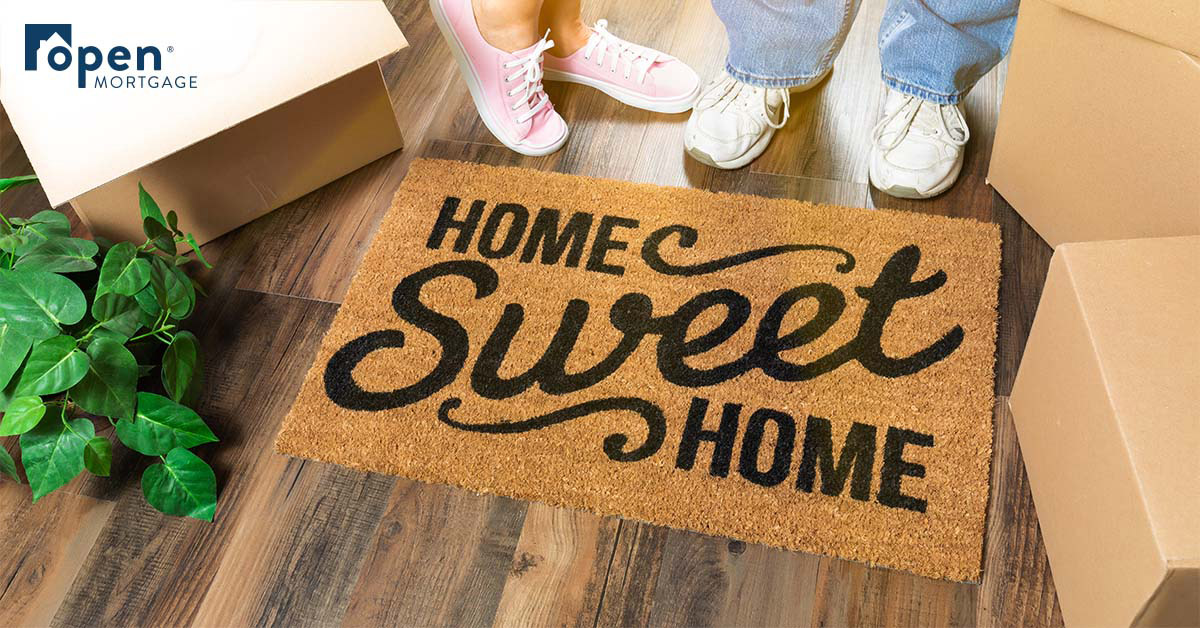
Choosing Between Refinancing and Relocating
With interest rates hovering near historic lows, deciding whether to buy a new home or refinance your existing one can be difficult. Each comes with a distinct set of advantages and downsides.
Start your decision-making process with the best information. While there’s no correct answer for everyone, a poor approach is likely to have bad results. Here are some factors worth exploring before you move forward.
How much do I like my neighborhood?
If location is the primary driver of home values, it only makes sense to focus on how much you like where you currently reside. It can be hard to find an appropriate property for sale in a specific neighborhood, particularly when inventory is limited throughout the area. Without flexibility in location, it may be wiser to focus on cutting your interest rate rather than hunting for a new house.
Does my home meet my needs?
Are you struggling to make your current space work for you or your family? Is a long commute to work or school wasting too much of your day? Has it become an oversized, empty nest that’s hard to maintain? Any of these situations can mean that the cost savings of a refinance won’t solve your problem. However, a new home that better fits your circumstances can still come with a lower interest rate than you have now.
Can I afford the added expense of moving?
Don’t overlook the additional costs that come with buying a new home. While refinancing and buying will both involve closing costs, refinancing may be a simpler process and won’t change some expenses such as insurance and property taxes. You’ll also avoid the Realtor commissions that come with selling a house. The cost of physically moving your belongings can also be substantial. And in most cases, a new home leads to purchasing some new furniture or decorations that weren’t accounted for initially.
How much longer will I stay in the home?
Depending on how much you are reducing your interest rate, refinancing will require continuing with the new mortgage for several years before realizing the cost advantages. Therefore, your first step should be dividing the cost of refinancing by your monthly savings to determine how many months it will take to break even. If you aren’t confident that you will remain in the home that long, it’s not a good option. Additionally, if you might not stay due to something that a new house might resolve, then buying is likely to be the better alternative.
For more guidance on making the right lending decisions for your circumstances, explore our website. Our originators can explain the loan programs available to you and offer details to ensure you’re headed in the right direction. Call today.





